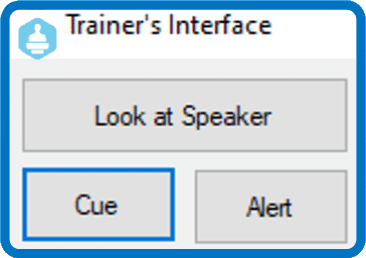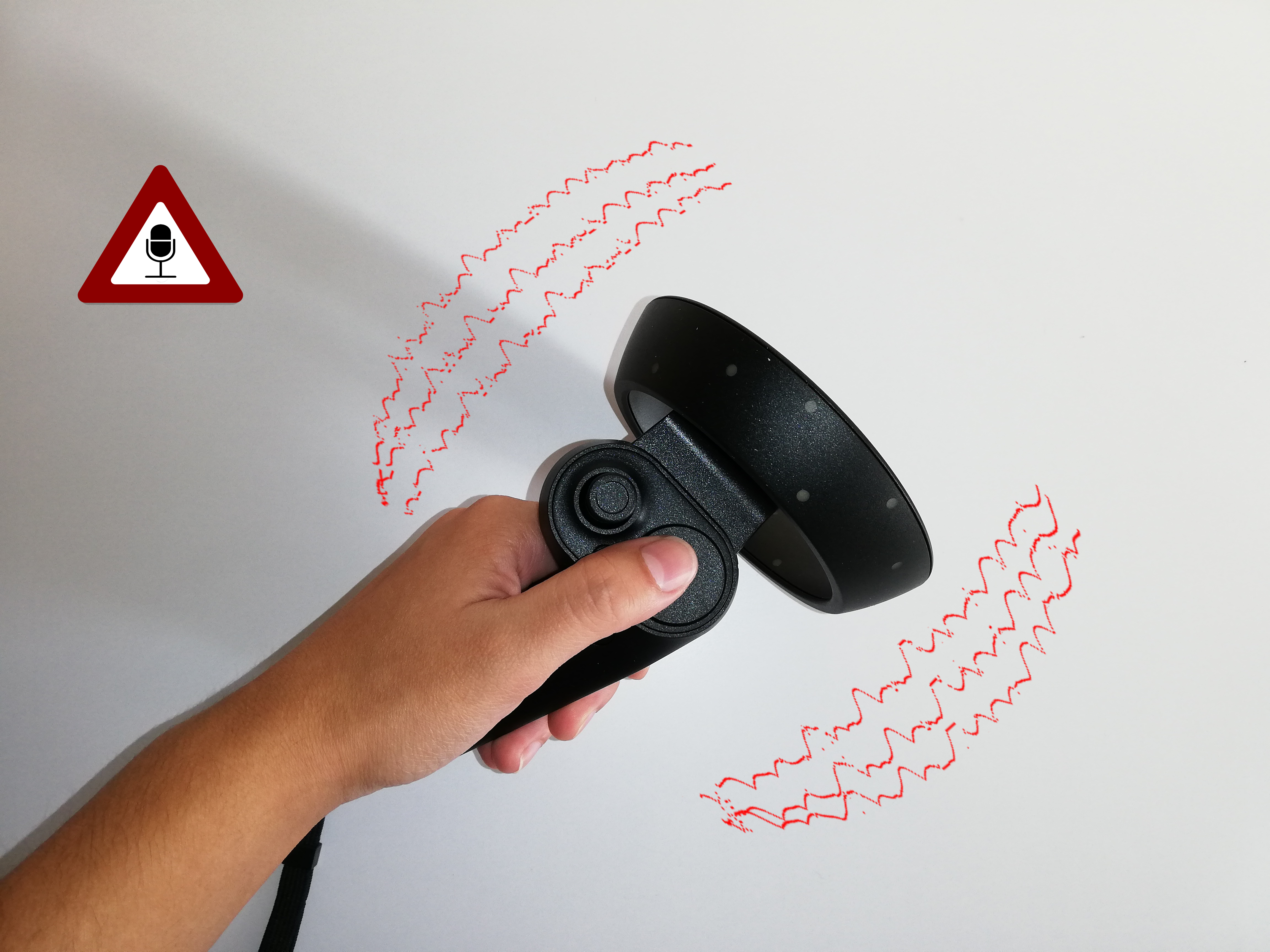Your cart is currently empty!
Effective learning is a cornerstone of Virtual Orator and a guiding light to our development. One of our latest additions is a feature designed to help trainers provide more effective learning for their clients: a cuing method for trainers.
This method allows you to communicate effectively with the learner during the presentation. However, you will not interrupt the session or the illusion of ‘being there.’ By sending a vibratory signal in the exact moment of the significant behavior, you can help the trainee to understand with precision what there is to change.
Cuing as a teaching method
Cuing is a sign the teacher gives to the student as an indication of his behavior. It is not a punishment and the student shouldn’t see it as such. Punishing a bad behavior can result in more embarrassment and fear of public speaking. Above all, it will destroy our goal to overcome a negative habit or introduce a new positive one.
This technique is simply an alert, and you can use it for positive or negative behavior. Giving direct feedback to the student will lead him in the right direction, towards his learning goal.
“Cuing is the use of signals to indicate that a certain behavior is desired or that a certain behavior should stop.”
Ormrod
These signs must be well defined from the beginning of the training session. Consequently, the student will feel empowered and secure, making the whole process more effective.
Positive vs. Negative cuing
Cuing can be an alert of a bad habit. Through these signs, you point out to the students the behavior they should avoid. For example, alert them when they use a fill word or when they make to many or large nervous gestures.
On the other side, there is positive cuing. It is not about alerting for a bad behavior happening, but rather, reminding the students of something they should do. It is especially effective to teach them to make pauses or look at the other side of the room.
Cuing in Virtual Orator
Due to the proven benefits in the learning process, we added a cuing feature in our enterprise version. In the Trainer’s Interface, you’ll find the options to cuing your trainees to do something, or, instead, to alert them to bad habits or less effective behaviors.

The respective signals work via controller vibrations, indicating to the learner, while she is presenting, how her performance is going.
For a more effective and beneficial cuing, we based our vibrational patterns in scientific research. This way, the handedness (alerts vs. cues), even to extent the cross-modal notification pattern, is optimized for a better learning process.
The fact that it’s a vibration signal avoids the trainee getting overwhelmed by multiple visual stimuli or confused by audio cues over their speech.
Empowering the student
Cuing techniques proved useful in different learning environments. The subtleness of the signals during the presentations empower the students, allowing them to rethink and alter their behavior as they train.
This new tool, as well as other features for trainers, are available in our software’s Enterprise Edition. Click here to know more and request a free trial.
Cátia is a psychologist who is passionate about helping children develop and train social skills.



Leave a Reply